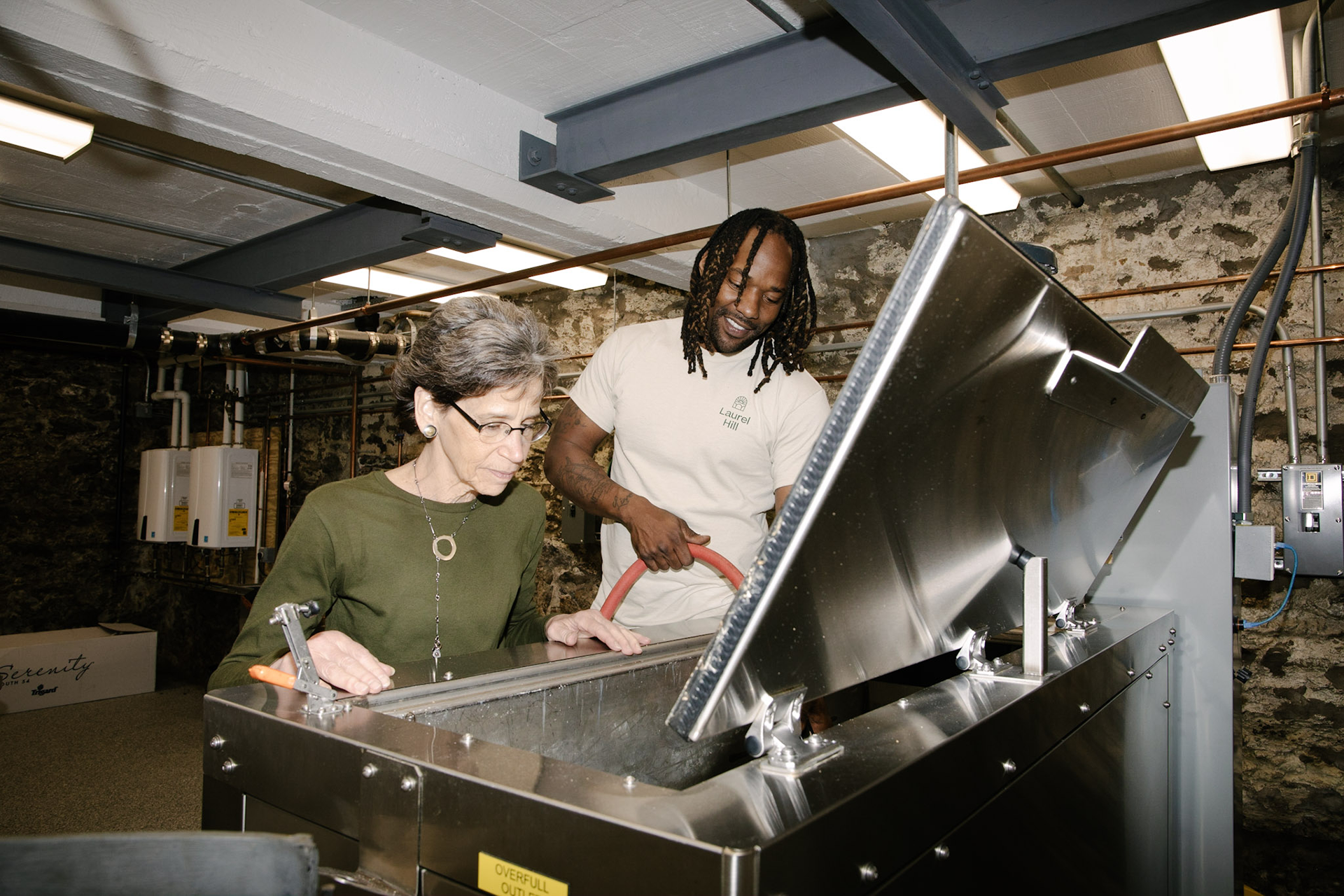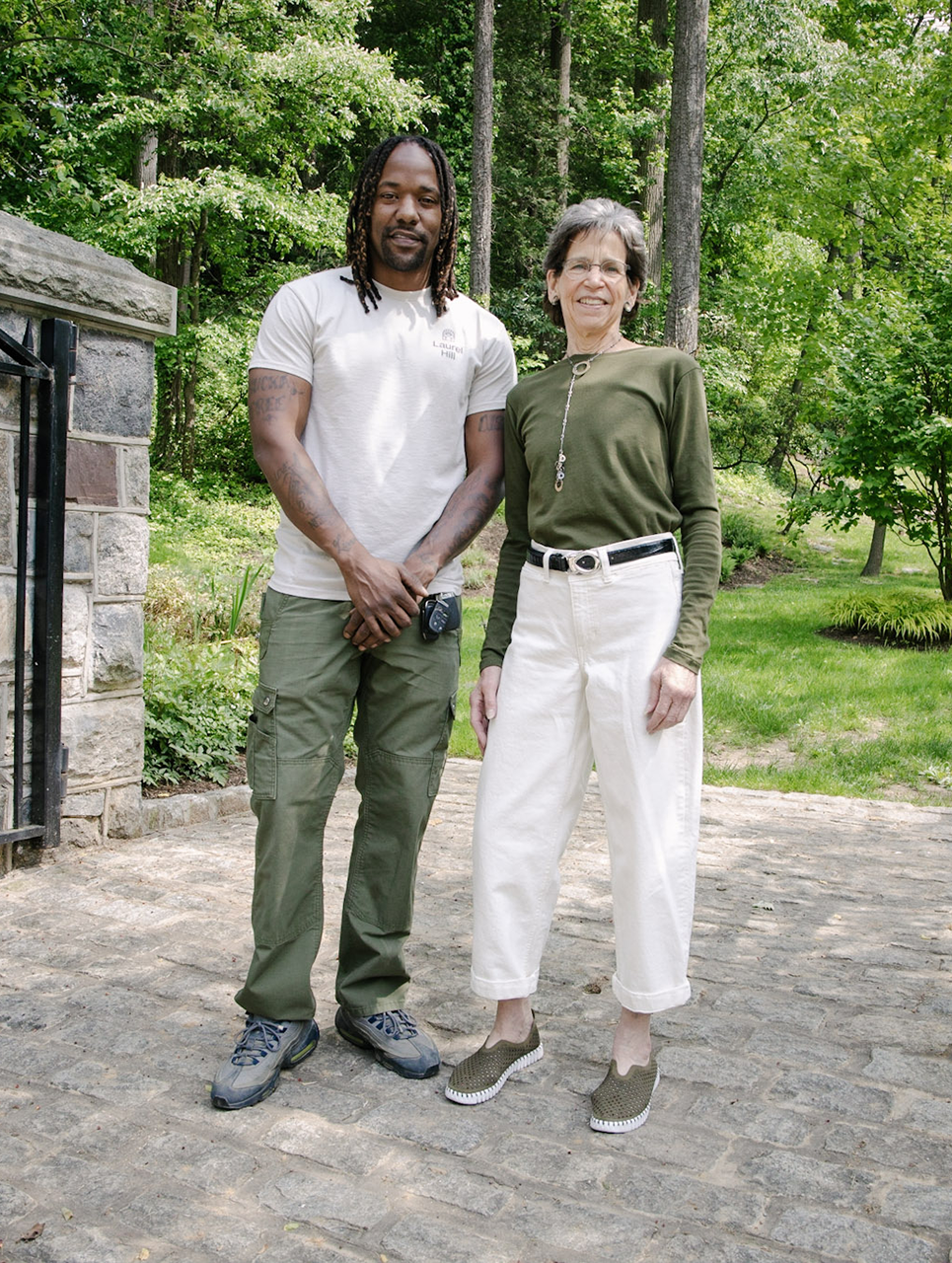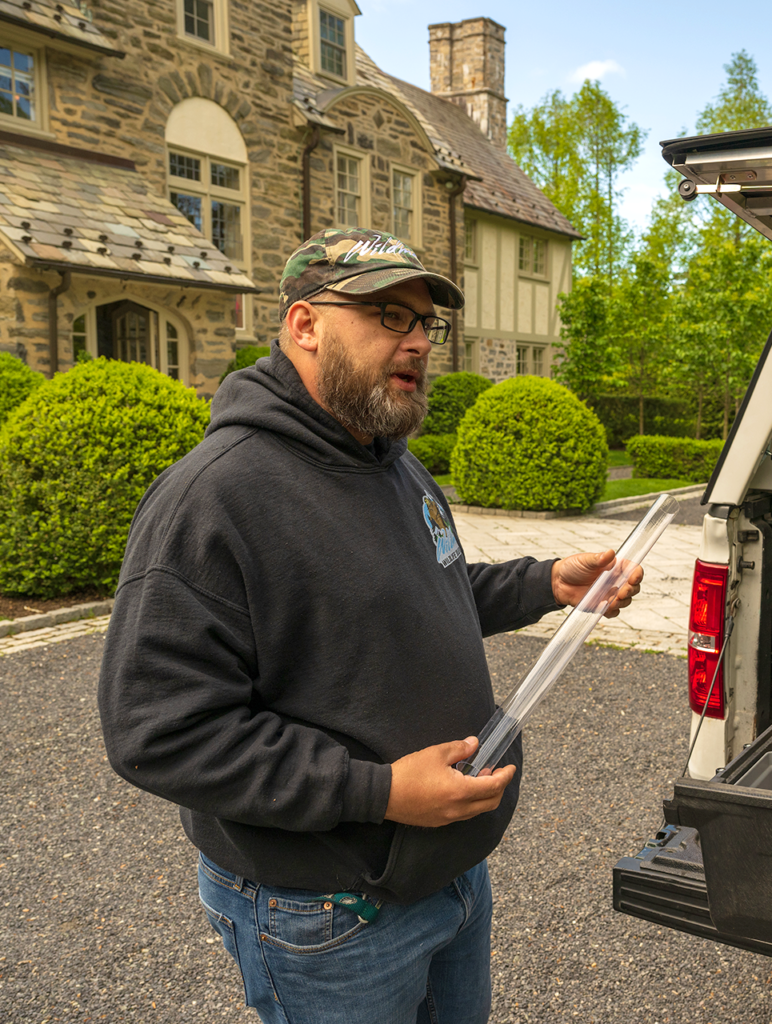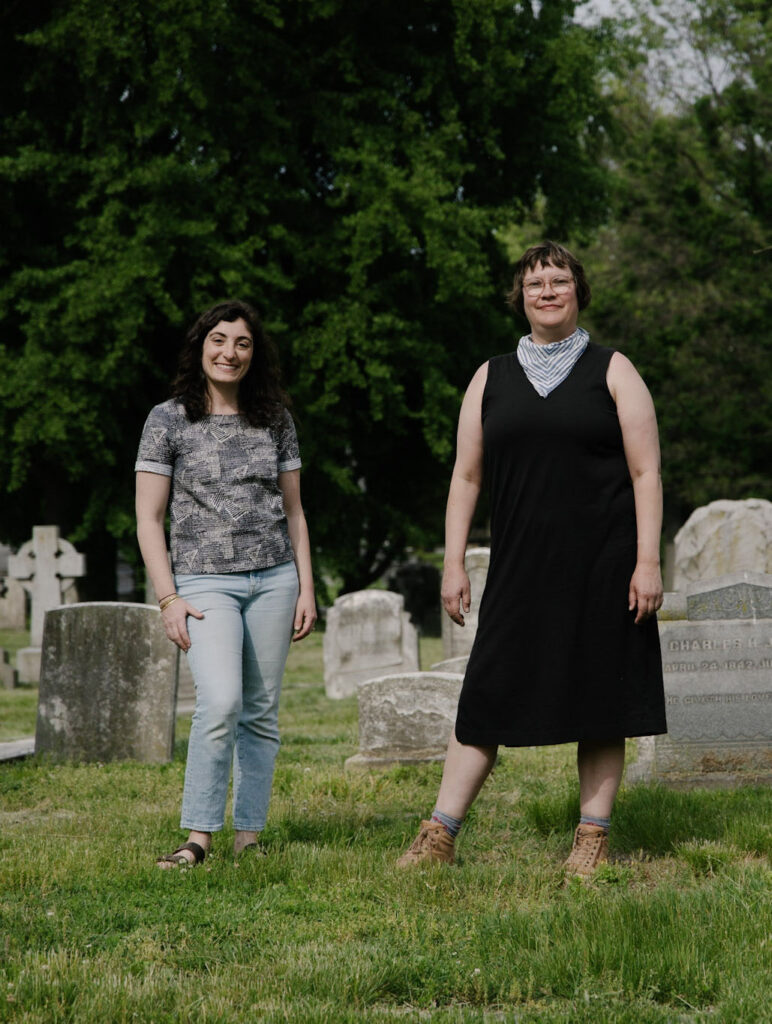If you want to go — ultimately, that is — the way of Nobel Peace Prize laureate Desmond Tutu, better call (email, write to … ) your legislators.
When the South African theologian and human rights activist died in December 2021, his remains underwent — per his request — alkaline hydrolysis. Alkaline hydrolysis (AH) combines water, alkaline chemicals such as potassium hydroxide, heat and sometimes pressure and agitation to decompose a body faster than would happen underground. The end product of the three- to 20-hour process is bone fragments, which can be pulverized and then placed in an urn or scattered, and a sterile liquid containing salts, sugars, peptides and amino acids. This effluent can be treated as wastewater or repurposed as fertilizer.

First patented in the United States in 1888 by Englishman Amos Herbert Hobson as a means of transforming animal carcasses into plant food, AH was deployed more than a century later at Albany Medical College to cheaply dispose of labratory rabbits and in Britain to neutralize the infectious mad cow disease. In 2006 a “tissue digester” sold by WR2, a (since folded) company founded by the Albany Medical College scientists, became the first single-body human AH system in commercial operation. Installed at the renowned Mayo Clinic, it replaced the incinerator used to process donated human cadavers.
No lab animal or research subject, Tutu opted for AH because of its environmental bona fides. (It was “what he aspired to as an eco-warrior,” said Reverend Michael Weeder.) In a January 2022 memorandum to members of the Pennsylvania House of Representatives, Mary Jo Daley and Christopher Rabb — who represent parts of Montgomery County and Northwest Philadelphia, respectively — touted AH as “more environmentally friendly” than traditional burial and cremation.
Because nothing is burned during the procedure, no toxic gases or air pollutants are produced.
– Mary Jo Daley and Christopher Rabb, PA House of Representatives
“More than four million gallons of toxic embalming fluids and 20 million feet of wood are put in the ground in the U.S. every year, while a single flame cremation emits as much carbon dioxide as a 1,000-mile car trip,” the pair wrote. “Because nothing is burned during the [AH] procedure, no toxic gases or air pollutants are produced.”
Radnor-born John Clay, a sometime organic farmer, considered going into the AH business before discovering that the pricey equipment — the AH unit he was looking to buy from Indiana-based Bio-Response Solutions would have run him around $90,000 — posed a “financial barrier of entry.” Clay had come to appreciate AH when deaths of loved ones acquainted him with the country’s “death industry.” Traditional burial turns “entire swaths of land into Superfund sites,” he mourns. And cremation is “really not a great option either,” he says, citing fossil fuel usage and social justice concerns. Too often crematories are located in “poor communities that pretty much have no ability to fight off this mercury being pumped into the air.” Although likely far from death’s door himself, thirty-something Clay is already adamant about standard means of body disposition: “That’s … certainly not what I want.”
Clay might, in the end, prefer green burial or natural organic reduction (aka human composting) to AH, but Laurel Hill president and CEO Nancy Goldenberg reports that a dozen area families have “preneeded for” — funeral industry lingo for “specified an advance preference for” — AH once it is legalized for human remains in Pennsylvania. Laurel Hill has offered AH for deceased pets since 2018, and its facility, adjacent to The Laurels Pet Center in Bala Cynwyd, has helped raise awareness. Many a pet parent has toured the space — marveling at its gleaming stainless steel chamber and its so-clean-you-could-eat-off-them floors — as have Reps. Daley and Rabb. System operator Eric Ellerbe hopes his explanations of AH will equip — and inspire — visitors to spread the word. “Usually when I tell them about it, they’re excited about the process,” he says. “That lets me know that they’ll tell others.”

Not everyone is excited about AH. In a March 2023 statement, the United States Conference of Catholic Bishops argued that AH “does not show adequate respect for the human body, nor express hope in the resurrection.” Much of the opposition to AH comes, advocates say, from established funeral homes with a financial stake in maintaining the status quo. Sensationalist misinformation about the process gained so much traction on social media in March that The Associated Press and USA Today published fact checks to set the record straight.
One practitioner villainized in the voiced-over videos circulating online, Dean Fisher, raves about the process he pioneered as the Mayo Clinic’s director of anatomical bequests — “there’s not a better technology out there” — but stresses that he’s not trying to force it on anyone. “All I want is for it to be a choice,” he says.
Currently permitted by law for humans in only 28 states (and not actually available in all of those), AH often achieves legal status via a linguistic sleight of hand that probably makes chemists squirm. Jurisdictions expand the definition of “cremation” to include AH (aka “aquamation,” “water cremation,” or “flameless cremation”). To quote the Cremation Association of North America, “from the consumer’s perspective the processes and results are similar.”
Contacted in April, Rep. Rabb reported that he and Rep. Daley would soon be reintroducing bills aimed at legalizing both AH and natural organic reduction in the Keystone State. “My hope is that one or both bills will come up for a vote by the end of June in the House Commerce Committee on which I serve,” he wrote in an email.
Isabel Knight — Philadelphia resident, president of the National Home Funeral Alliance, and AH advocate — sees AH as “a sustainable alternative to the current methods” for those who might find green burial “prohibitively expensive.” Once a bill actually comes out, she says, it will be time for folks to “get activated.” What might that look like? “Calling your own representative,” says Knight, “and saying, ‘Hey, I really want you to support this bill, and here’s why.’”
To keep abreast of advocacy opportunities, follow Knight on Instagram @thedeathdesigner.









